- A derecho (/dəˈreɪtʃoʊ/, from Spanish: derecho [deˈɾetʃo], “straight” as in direction) is a widespread, long-lived, straight-line wind storm that is associated with a fast-moving group of severe thunderstorms known as a mesoscale convective system and potentially rivaling hurricanic and tornadic forces.
- Derechos may not be as well-known as hurricanes or tornadoes, but these rare storms can be just as powerful and destructive. Primarily seen in late spring and summer in the central and eastern United States, derechos produce walls of strong wind that streak across the landscape, leaving hundreds of miles of damage in their wake. The term derecho—which means “straight ahead” in Spanish—was coined in 1888 by Gustavus Hinrichs, a physics professor at the University of Iowa who sought to distinguish these straight-moving winds from the swirling gusts of a tornado. NOAA officially defines a derecho as “a widespread, long-lived windstorm that is associated with a band of rapidly moving showers or thunderstorms.
- Normal thunderstorms occur when warm air rises from the surface of Earth into colder air in the upper atmosphere. This cools the air to its dew point, the temperature at which water vapor condenses into droplets, which causes clouds to form. The cooled air drops back to the surface, where it warms up again and starts the process over, generating further convection and ultimately causing a thunderstorm.
- Derechos are a global phenomenon, but they primarily occur across the central and eastern United States, which see an average of one to two of these storms per year, compared to more than a thousand tornadoes that churn across the country each year. These straight-ahead storms most commonly form in the late spring and summer, when high pressure weather systems—whirling masses of descending air—move north from the tropics into the U.S. Some derechos, however, occur during cooler weather and are most likely to form in the region stretching from Texas across the Southeast.
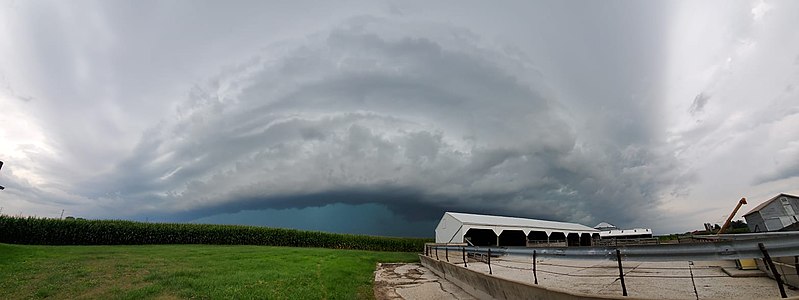


(Images/video taken from google/IE)

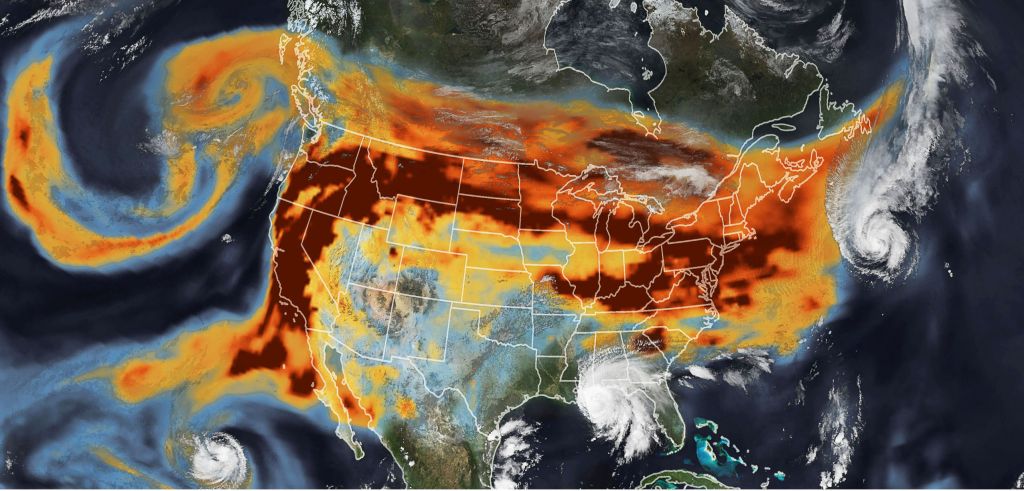


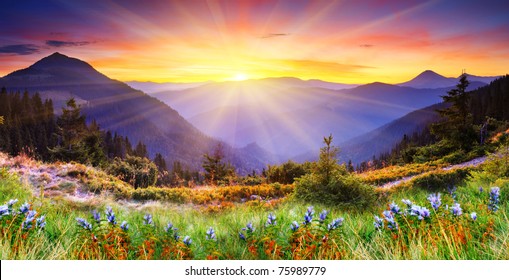
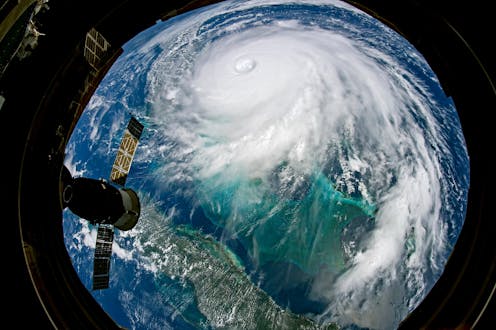


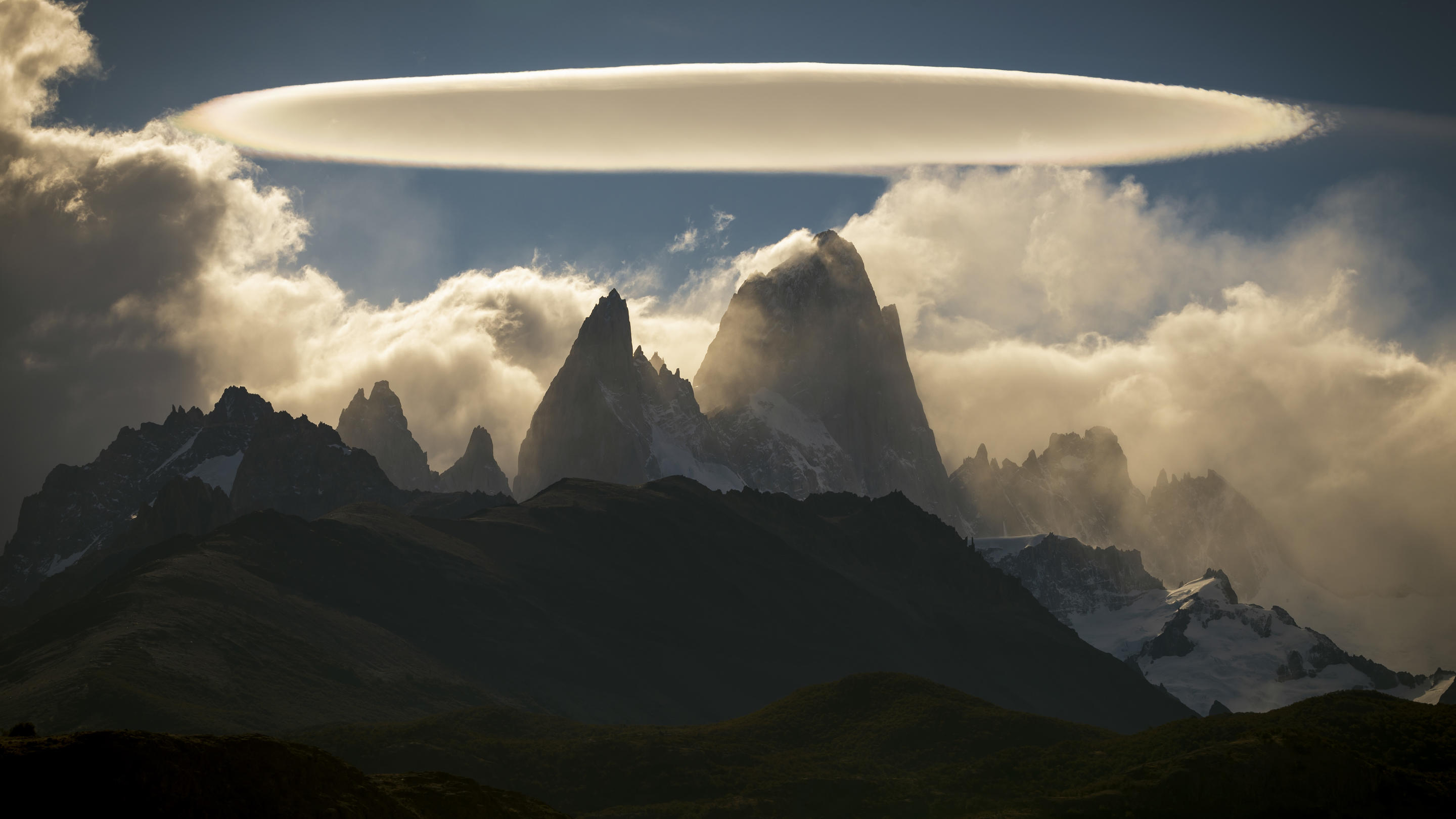
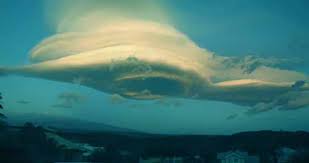
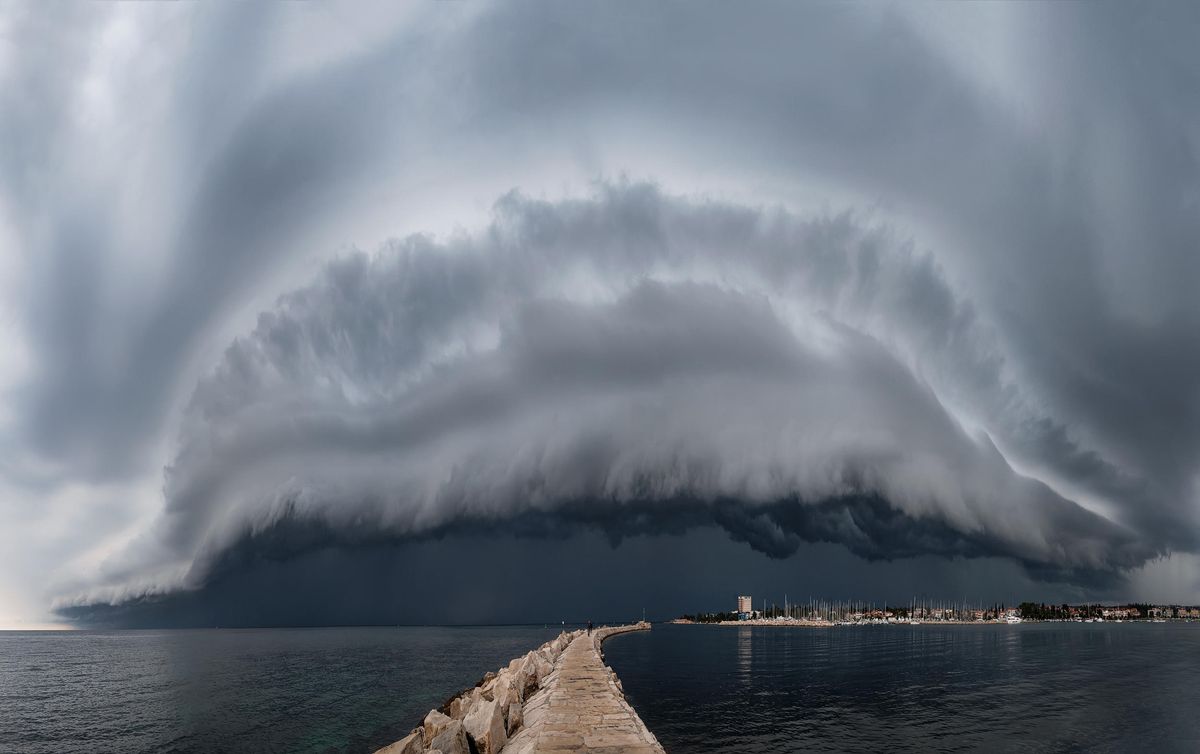
Recent Comments